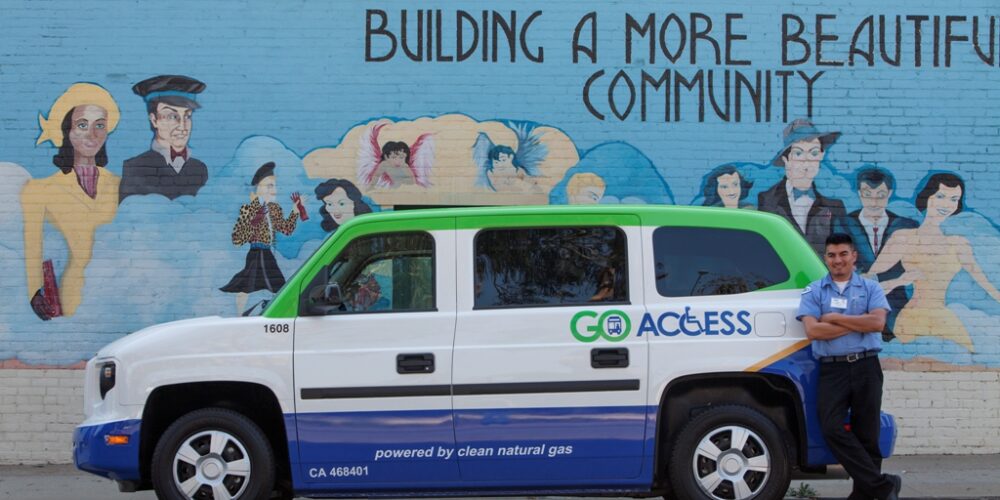Throughout the month of May 2023, NADTC hosted our first course of the year entitled, Why Serving Everyone Doesn’t Serve Everyone. The course was intended to explore the importance of prioritizing intentional efforts to ensure that community transportation is truly available to all people. Participants were encouraged to take a deep dive into three subjects related to Diversity, Equity, Inclusion, and Accessibility. The first module focused on why transportation providers should focus on embedding aspects of DEI & A into their work. The second module looked at how intersectionality affects people’s ability to access community resources, including transportation. The third module unpacked the complexities of how the language that we use affects the individuals that we are interacting with.
With 160 registered participants, we saw a significant amount of interest in this course. That interest was only magnified during the robust discussion forums that took place throughout the course’s duration. One participant clearly grasped the importance of these concepts by saying,
“It is my understanding that diverse perspectives and experiences are the foundation for any transportation program. Information and input from these groups should not just be included in initiatives but should be incorporated into the structure of transportation programs.”
Our thoughts exactly! Over time, we’ve come to understand that accessibility should be embedded in everything that we do. In that same vein, we need to ensure that we are doing the same thing with diversity, equity, and inclusion principles. Only by doing this are we able to work toward a world where nobody is marginalized, stigmatized, isolated, or otherwise excluded from living a full and purposeful life.
“We will only be successful when we make sure to consider the various identities and intersectionality’s that our riders experience and how that shapes their needs around transit access and the community as a whole.”
So, how do we go about making this happen? It can be overwhelming to know where to begin, especially when it comes to fully integrating these policies and practices into every aspect of the day-to-day routine of your work. This course aimed to provide tangible examples of easy-to-implement steps toward increasing inclusive practices through the final course module—The Power of Words: Reframing Language to Promote Inclusion. The first video in this module focuses on different strategies (including the use of language) that can create a safer and more welcoming environment for LGBTQ+ riders on transit. An example of how language can create a more inclusive environment from this presentation is to ensure that you are incorporating inclusive language not only in your external communications, but also in your internal communications. By doing this, you start to create a culture within your organization that not only talks the talk but walks the walk. If you’d like to learn more about strategies related to this topic, you can access the Creating a Safer Environment for LGBTQ+ Riders recording here. Similarly, the second video of this module: Creating a More Inclusive Frame: Mobility Access for Nondrivers, provides examples of how your organization can increase inclusive language practices by reframing language to reach non-drivers of all types, getting their input and finding best ways to meet their transportation needs.
Are there any easy fixes? No, but change starts when you gain an understanding of why DEI & A work is important and you recognize how the various identities a person has changes their experience as a rider. Then you can prioritize intentional efforts to implement small, but meaningful changes that truly are a step towards serving everyone. One course attendee summed things up nicely by saying,
“Throughout all three weeks, a theme has been consistent, the theory of serving everyone is not the same as the practice of serving everyone. In an ideal world, everyone who uses transportation services will be included in the discussion about how to make transit systems better, but we do not live in an ideal world so we must make a greater effort to include all individuals in these discussions and decision-making. This has been a very informative series and I have appreciated the content and the discussion, thank you!”
All three course module videos and materials are available on our website.

Leave a Reply